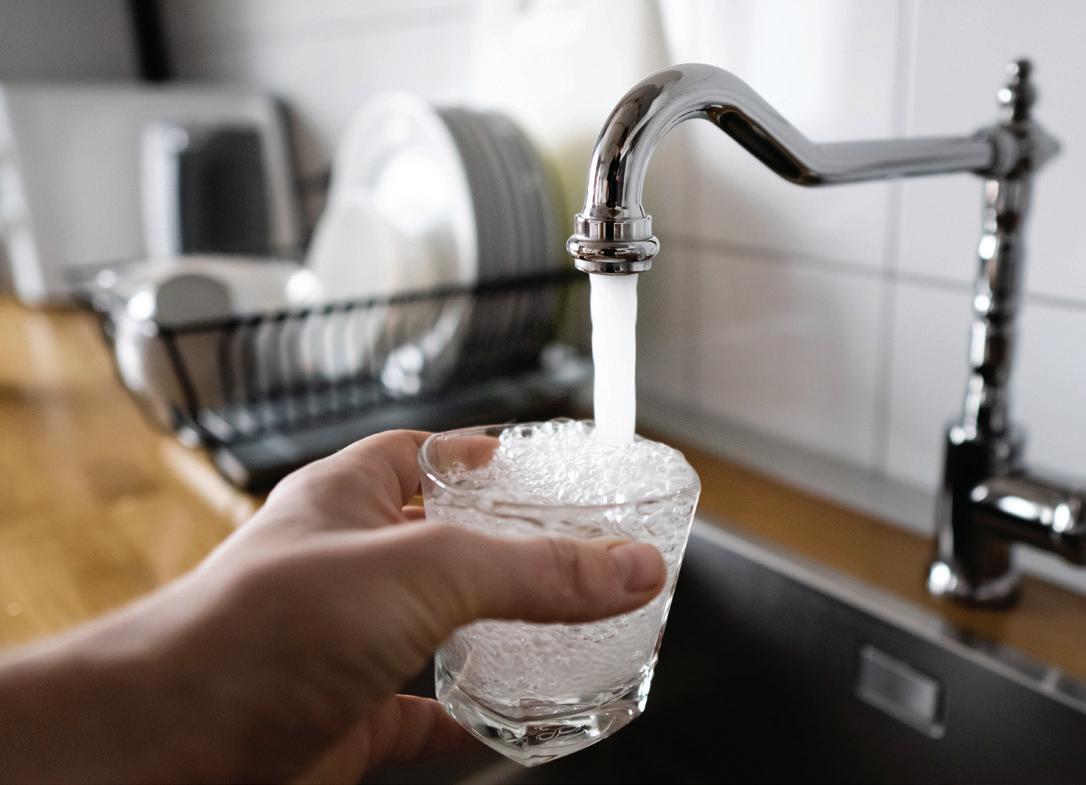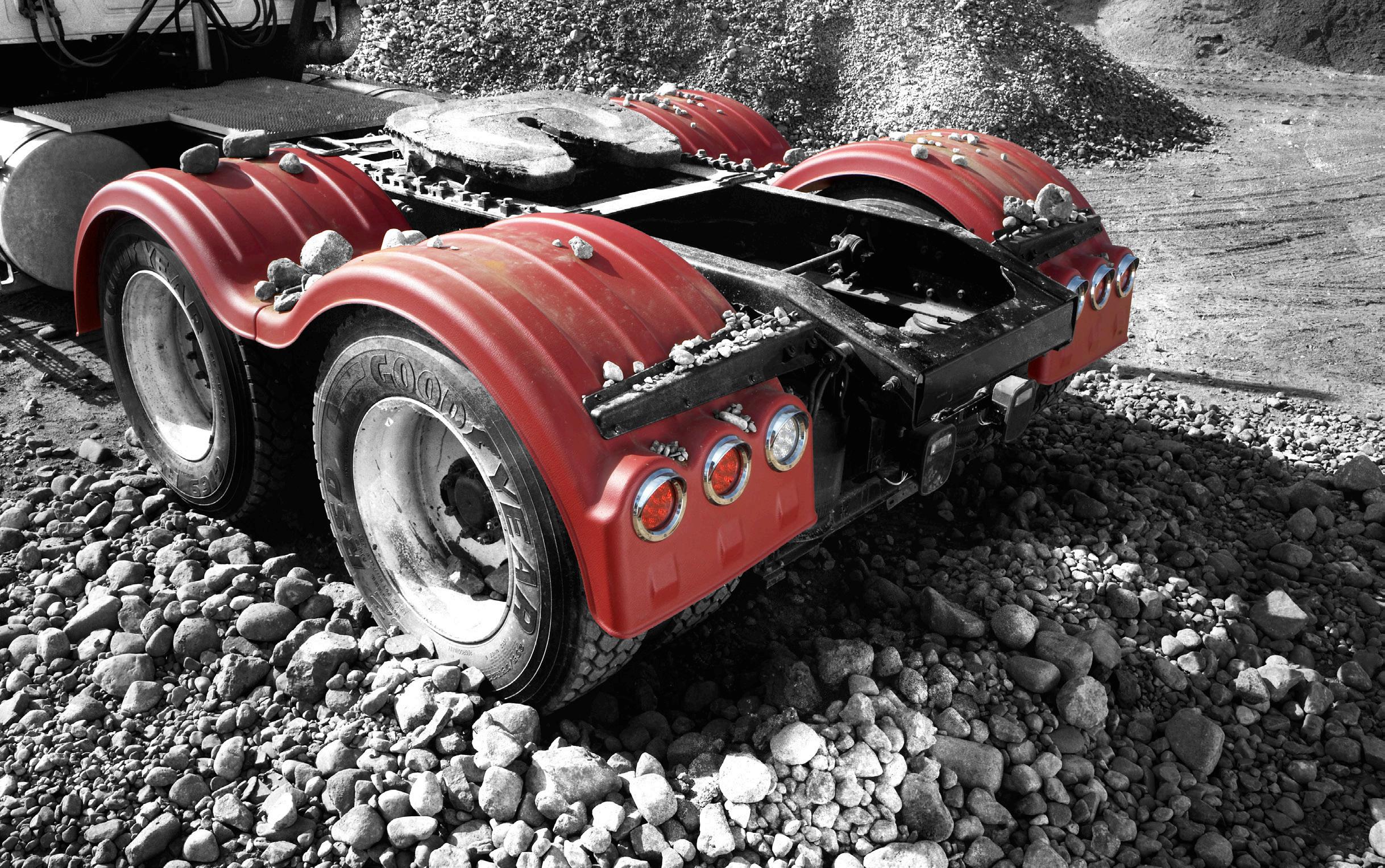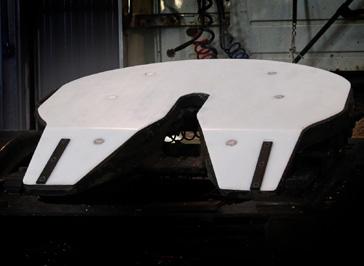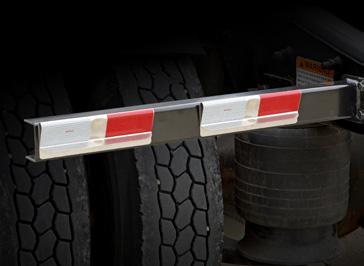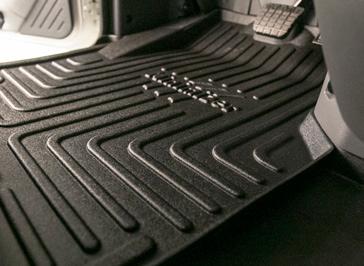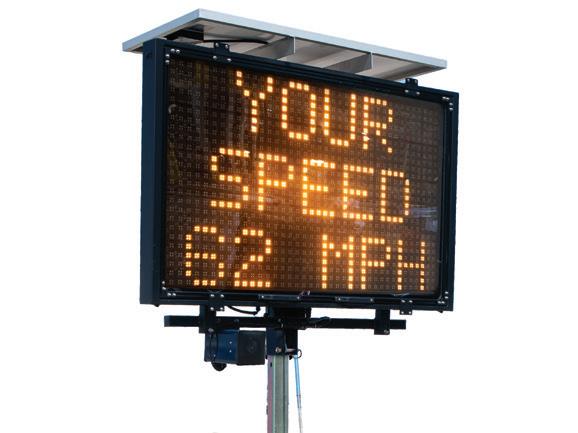
2 minute read
buy-in potable water
Another part of the study made sure that any threatened or endangered species of wildlife would be protected, along with their habitats. “That was covered with part of the $50,000.” participants’ buy-in. Western Arkansas Planning and Development plotted a map for the city, clarifying the layout of the proposal and assisting the city as it worked toward getting those 400 signatures.
Wes LeMonier, whom Wilson affectionately calls “my cousin Wes,” thought the study would take about two months to complete and have all interested parties review. According to Wilson, “It actually took a little less than two months, but by the time the report was all completed, it was right at two months.” LeMoiner is affiliated with the Van Buren firm Hawkins-Weir Engineers.
She would advise any city thinking of tackling such a project to have an engineering report done first.
With the funding now available, the 400 figure wasn’t as crucial to get the green light, though Wilson said the project ended up with 357 signatures. For a town populated by 527 people, the turnout was impressive.
There were hoops to jump through. “The Arkansas Department of Agriculture’s National Resources Commission awarded us a $50,000 grant. Part of the USDA funding application requires a study to be done, and the city couldn’t fund that, so they had to find me a grant. And they did,” Wilson explained.
This cultural study covered several concerns and issues. “There had to be an environmental review of the project area,” she said. “It was one of the requirements to apply for money through the Water and Waste Disposal Loan and Grant Program from the USDA.”
Also involved were the Arkansas Natural Resources Commission and the Arkansas Historic Preservation Program, to be certain that historic artifacts and sites would not be disturbed or destroyed.
“We are so lucky here, because our guys are all local boys. They went to school together; they know each other and like working together. One of them grew up across the street, and they were heavily invested in this. Before the funding was even granted, they had already spent several hundred thousand dollars of their own money to get things going.”
That kind of emotional investment is as valuable as the money itself, she said, and was encouraging to everyone involved in the project.
The estimated total cost was $12.4 million. “But we aren’t to that part yet, because we have to get all the easements, then have them certified. There will also be plans and work with the architects,” Wilson said. “I can’t do all that just now; it has to happen in a certain order. But we are fully funded and expect to have all the easements by the end of summer. Then it goes to the Health Department for inspection, and so on down the line.”
Residents who didn’t sign an initial agreement for the $100 tap fee still had some time to do so, she noted in May.
“They can still sign up for the $100 tap fee, but at some point, I will have to cut them off and then it will cost $2500 to tap in if they want water,” she said. At that point, the town of Mountainburg will have all the potable want, right in their homes by simply turning
